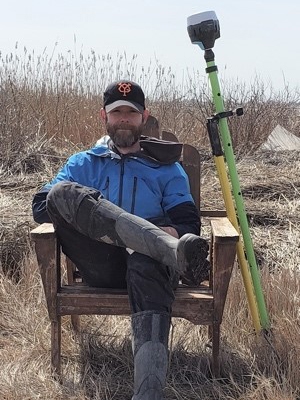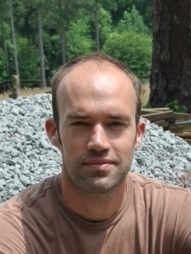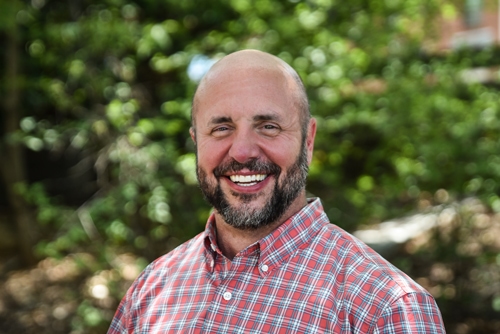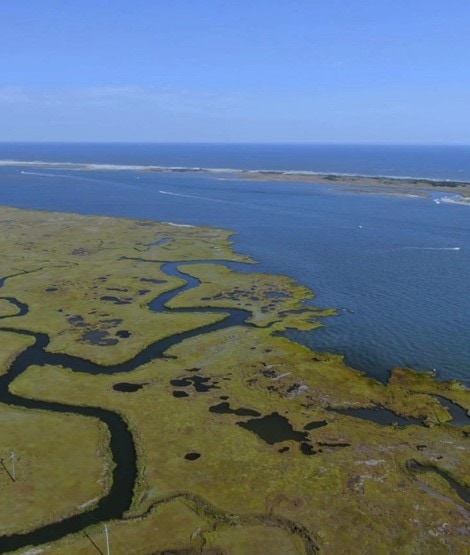
What happens when you bring engineers together with landscape architects and their students to work on real coastal resilience challenges in the field? What can the disciplines of engineering and landscape architecture learn from each other? And what kinds of solutions will they produce when faced with very real coastal risk management issues following a hurricane?
In this episode, we’re talking with Rob Holmes at Auburn University, Sean Burkholder at the University of Pennsylvania, and Brian Davis at the University of Virginia. They are landscape architects who have joined forces with Engineering With Nature® to explore innovative solutions to coastal resilience. Jeff King, deputy lead of the Engineering With Nature program at the US Army Corps of Engineers, shares his excitement about bringing these disciplines together and discusses the synergies, opportunities, and potential for advancing the practice of EWN.
This partnership started in the summer of 2017; Jeff and his EWN colleagues hosted a workshop at ERDC in Vicksburg, MS, and invited Rob, Sean, Brian, and other landscape architects. Jeff recounts how that visit really set the stage for collaboration amongst these practices to advance EWN. According to Sean, the idea that these two disciplines have been parallel for so long and actually are coming together now is a pretty exciting time for us.
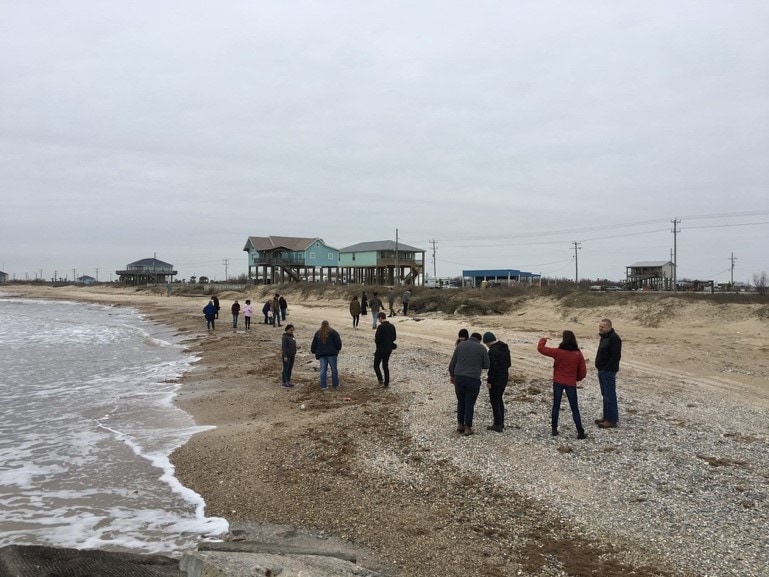
Following the initial workshop, the Galveston District, an EWN Proving Ground, hosted a workshop with students from Brian and Rob’s studios to show them the work being done to create more resilience and ecosystem restoration along the Texas coast. The timing was just after Hurricane Harvey. Jeff recounts taking the students to a house surrounded on three sides by water and their being aghast at the flooding they were seeing: You could tell they were thinking, Hey, this is real and it deserves real attention. I just loved seeing that on their faces.
For the students, getting out of the classroom and into actual landscapes and learning from the District experts about dealing with the fundamental aspects of flood control and risk management was, as Brian notes, an extraordinary opportunity for the students to build on the great work of others and apply their expansive thinking as landscape architects. Their ideas and concepts were shared with the Galveston District and, according to Jeff, were very well received. The integration of natural features, the students’ innovation really resonated. My colleagues and I truly benefited from the novel way the landscape architects addressed some of the coastal resilience challenges we are working on.
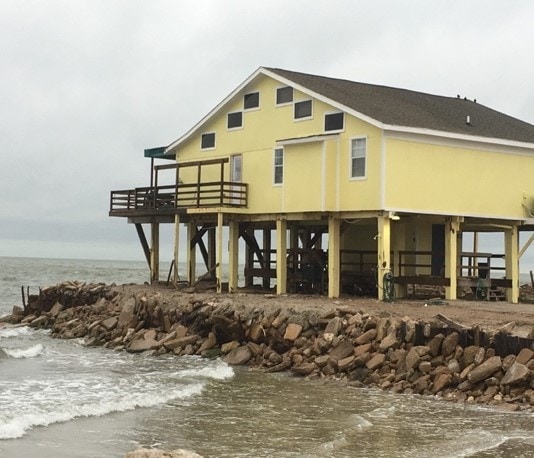
The shared experiences of the students and the engineers—working in the field on real and existential threats to the Gulf coast—really highlights the intersection of shared values between the practices of EWN and landscape architecture. Both focus on producing outcomes that benefit the environment and society.

The Engineering With Nature approach of leveraging natural process to accomplish the desired engineering outcome, while creating environmental and social benefits aligns well with the discipline of landscape architecture where landscapes are co-designed by humans and natural processes. Rob recalled the Army Corps’ Horseshoe Bend project featured in the first season of the EWN Podcast where the island is being self-designed by natural processes. By stepping back and relinquishing some control over how the landscape is shaped, we gain landscapes that are more resilient, more functional, more ecologically healthy, and provide better opportunities for human interaction and engagement. They become better places.
We discuss the power of combining the practices of landscape architecture in the work Sean, Rob and Jeff are doing with colleagues at the Philadelphia District along the New Jersey coast. As Sean notes, the challenges in New Jersey are vast. The area is experiencing sea level rise and habitat loss and has a population that lives quite close to the coastline. The primary composition of that landscape is a barrier Island, and a back bay, where you get flooding from the land side and storm surge coming from the sea. We are trying to develop a series of strategies—alternative ways to look at coastal storm risk management—that could achieve cultural, social, and ecological benefits while still serving as proper coastal infrastructure.
The synergies between landscape architecture and EWN are significant, and the possibilities for collaboration to create new, innovative solutions to coastal resilience challenges seems unlimited. According to Rob, Sean, and Brian, finding out the Corps was solving the basic problems of flooding while also trying to work with in concert with natural systems, for the benefit of society was like a bolt of lightning for us—it was really striking and exciting! The opportunities to learn from each other, advance their respective practices, and motivate and challenge future engineers and landscape architects, while they work together on critical coastal resilience projects, is the focus of this podcast. We hope you enjoy it.
The EWN Program is grateful to the Dredge Research Collaborative (DRC) for their collaboration and partnership over the years and with development of this podcast. As members of the DRC, Rob Holmes, Sean Burkholder, Brian Davis, Justine Holzman and Gena Wirth have contributed greatly to the success of this EWN collaboration.




